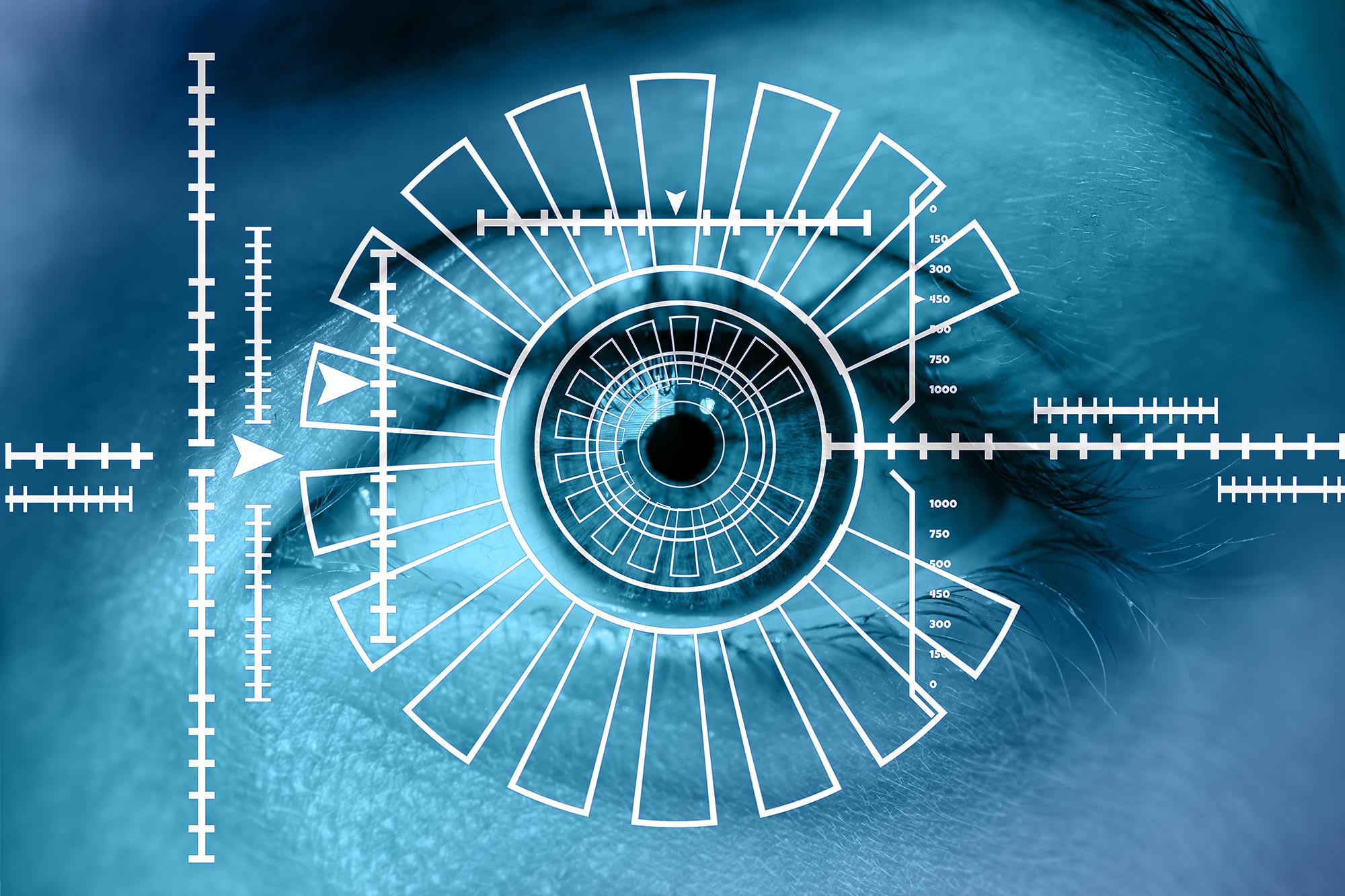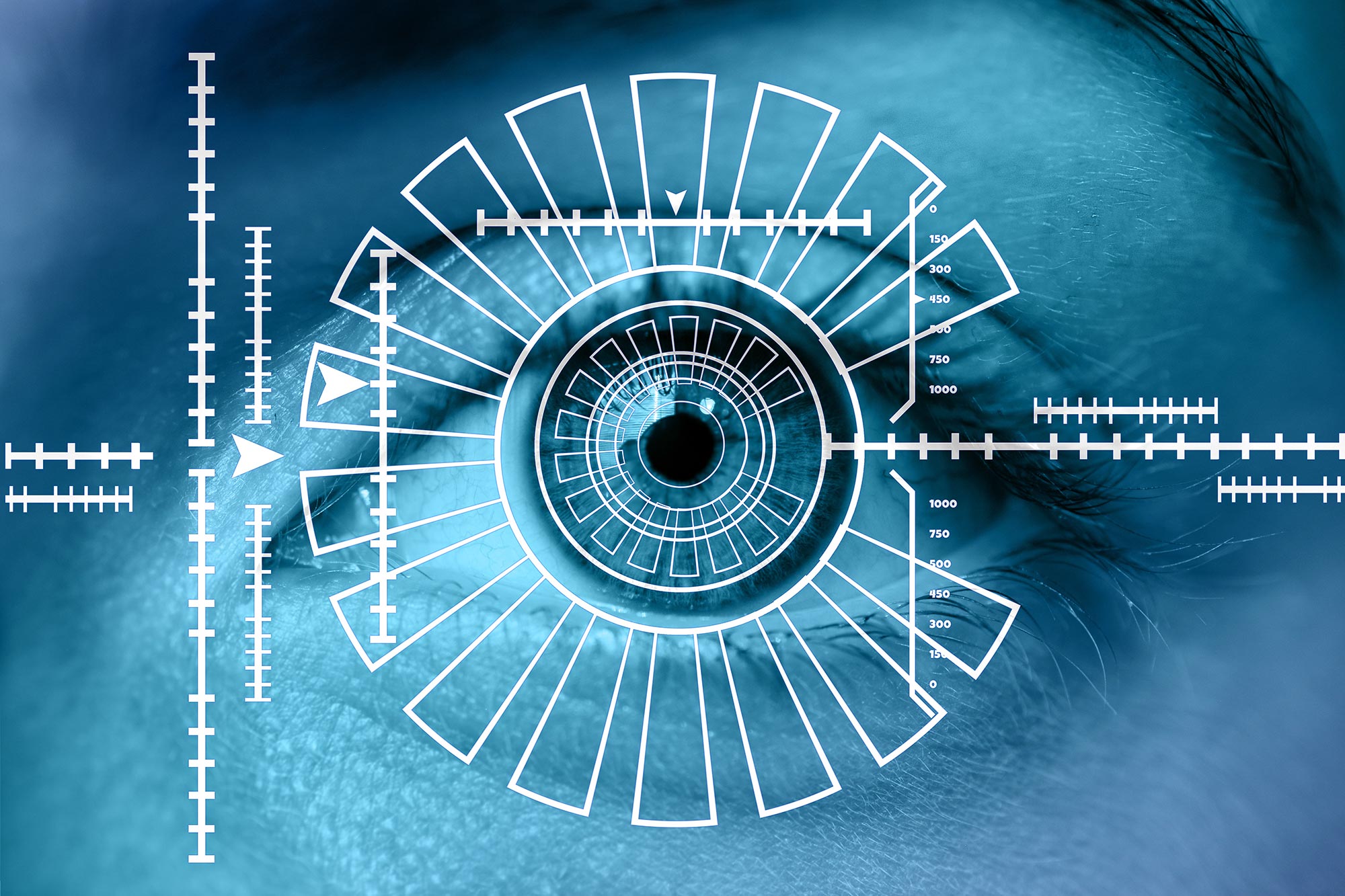[ad_1]

Scientists at the College of Central Florida have established AI engineering that mimics the human eye.
The technology may outcome in hugely created artificial intelligence that can instantaneously recognize what it sees and has takes advantage of in robotics and self-driving autos.
Researchers at the College of Central Florida (UCF) have designed a gadget for artificial intelligence that replicates the retina of the eye.
The investigate may possibly outcome in slicing-edge AI that can discover what it sees suitable away, this kind of as automatic descriptions of pics captured with a digital camera or a cell phone. The engineering could also be utilized in robots and self-driving vehicles.
The technology, which is explained in a modern review published in the journal ACS Nano, also performs superior than the eye in conditions of the assortment of wavelengths it can perceive, from ultraviolet to seen light-weight and on to the infrared spectrum.
Its capacity to mix three unique operations into one particular additional contributes to its uniqueness. At the moment readily available clever impression know-how, these as that found in self-driving automobiles, demands independent information processing, memorization, and sensing.
The scientists declare that by integrating the 3 processes, the UCF-developed system is a lot quicker than current technological know-how. With hundreds of the products fitting on a one particular-inch-large chip, the technological innovation is also rather compact.
“It will change the way artificial intelligence is realized now,” claims analyze principal investigator Tania Roy, an assistant professor in UCF’s Department of Elements Science and Engineering and NanoScience Technological innovation Heart. “Today, all the things is discrete components and managing on common hardware. And below, we have the ability to do in-sensor computing using a single unit on a person little platform.”
The engineering expands upon previous perform by the investigate group that made brain-like gadgets that can help AI to do the job in distant areas and house.
“We had gadgets, which behaved like the synapses of the human mind, but however, we had been not feeding them the image specifically,” Roy suggests. “Now, by including picture sensing capability to them, we have synapse-like equipment that act like ‘smart pixels’ in a digital camera by sensing, processing, and recognizing pictures simultaneously.”

Molla Manjurul Islam, the study’s guide author and a doctoral scholar in UCF’s Department of Physics, examines the retina-like units on a chip. Credit rating: College of Central Florida
For self-driving motor vehicles, the flexibility of the device will permit for safer driving in a selection of conditions, like at evening, says Molla Manjurul Islam ’17MS, the study’s direct creator and a doctoral pupil in UCF’s Section of Physics.
“If you are in your autonomous car at night and the imaging technique of the auto operates only at a certain wavelength, say the seen wavelength, it will not see what is in front of it,” Islam states. “But in our case, with our system, it can really see in the entire situation.”
“There is no described gadget like this, which can function simultaneously in ultraviolet array and visible wavelength as well as infrared wavelength, so this is the most exceptional offering point for this product,” he claims.
Vital to the technological know-how is the engineering of nanoscale surfaces created of molybdenum disulfide and platinum ditelluride to enable for multi-wavelength sensing and memory. This function was performed in close collaboration with YeonWoong Jung, an assistant professor with joint appointments in UCF’s NanoScience Technologies Middle and Division of Materials Science and Engineering, element of UCF’s School of Engineering and Laptop or computer Science.
The scientists tested the device’s
Reference: “Multiwavelength Optoelectronic Synapse with 2D Materials for Mixed-Color Pattern Recognition” by Molla Manjurul Islam, Adithi Krishnaprasad, Durjoy Dev, Ricardo Martinez-Martinez, Victor Okonkwo, Benjamin Wu, Sang Sub Han, Tae-Sung Bae, Hee-Suk Chung, Jimmy Touma, Yeonwoong Jung and Tania Roy, 25 May 2022, ACS Nano.
DOI: 10.1021/acsnano.2c01035
The work was funded by the U.S. Air Force Research Laboratory through the Air Force Office of Scientific Research, and the U.S. National Science Foundation through its CAREER program.
[ad_2]
Source link






More Stories
Playing Chess Against A Computer Vs Playing Chess Against Humans
The Information Technology Era
The Main Functions of Computer Memory